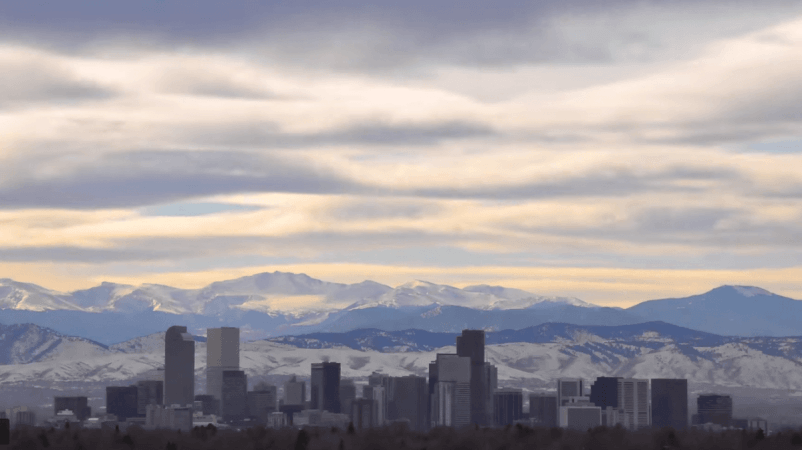When it is high above Earth in the stratosphere, ozone protects humans from harmful solar radiation but closer to the ground, it has additional long-term consequences. Surface ozone was expected to have caused 365,000 deaths worldwide in 2019.
Similarly, it is harmful to plants' respiratory systems, impairing their ability to photosynthesize and thereby lowering plant growth and agricultural harvests. It's also a powerful greenhouse gas near the top of the troposphere, raising global temperatures.
According to a study led by scientists at NASA's Jet Propulsion Laboratory in Southern California, as the coronavirus pandemic slowed world trade to a halt in early 2020, emissions of nitrogen oxides (NOx) – which create ozone, a threat to human health and the climate – decreased 15% globally, with local reductions as high as 50%.
As a result of fewer NOx emissions, worldwide ozone levels had reduced to a level that officials estimated would take at least 15 years to achieve by conventional means, such as laws, by June 2020.

According to the report, breakthrough technologies and other solutions aimed at reducing NOx locally have the potential to significantly enhance global air quality and climate.
Scientists had an unprecedented opportunity to examine how human activity interacts with natural Earth system processes at regional and global ranges when the world went into lockdown. The stricter a country's lockdown, the greater the emission reductions. For example, China's stay-at-home directives in early February 2020 resulted in a 50% reduction in NOx emissions in some cities within a few weeks, while most U.S. states achieved a 25% reduction later in the spring.
The reduced NOx emissions resulted in a 2% decline in worldwide ozone – half of what the most stringent NOx emission controls examined by the Intergovernmental Panel on Climate Change, the authoritative body of worldwide climate scientists, over a 30-year period.

The processes that convert NOx to ozone require sunlight and are affected by a variety of other conditions, including weather and the presence of other chemicals in the air. These elements interact in so many ways that lowering NOx emissions can actually increase ozone in some cases. Hence, researchers cannot predict ozone concentrations solely based on NOx emissions data. This necessitates a more in-depth investigation, such as the one conducted in this study.
The researchers collected data from five NASA and ESA (European Space Agency) Earth-observing satellites to detect NOx, ozone, and other atmospheric chemicals. Using a data analysis system created at JPL, they fed the various satellite observations into four numerical models of atmospheric chemical processes and weather.
The researchers discovered that changes in the models' atmospheres closely mirrored satellite measurements and mimicked known increases and declines in emissions as regions entered and exited lockdowns. These findings suggest that NOx emissions and worldwide ozone levels will rise again as the global economy recovers.









!['Had denied Housefull franchise as they wanted me to wear a bikini': Tia Bajpai on turning down bold scripts [Exclusive]](https://data1.ibtimes.co.in/en/full/806605/had-denied-housefull-franchise-they-wanted-me-wear-bikini-tia-bajpai-turning-down-bold.png?w=220&h=138)



